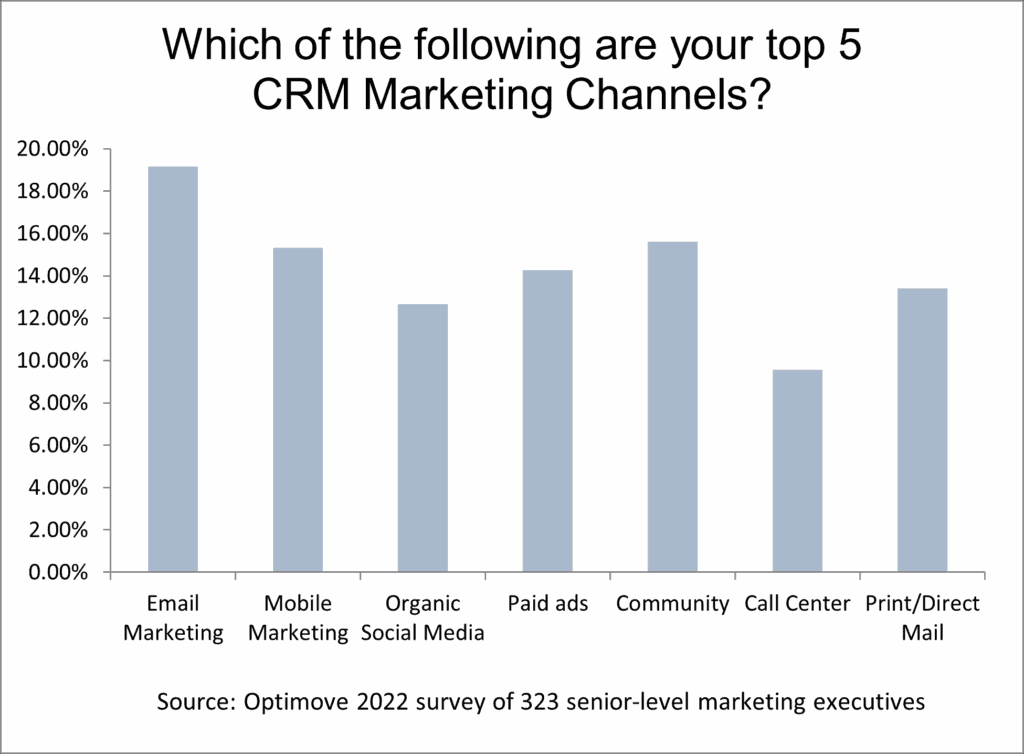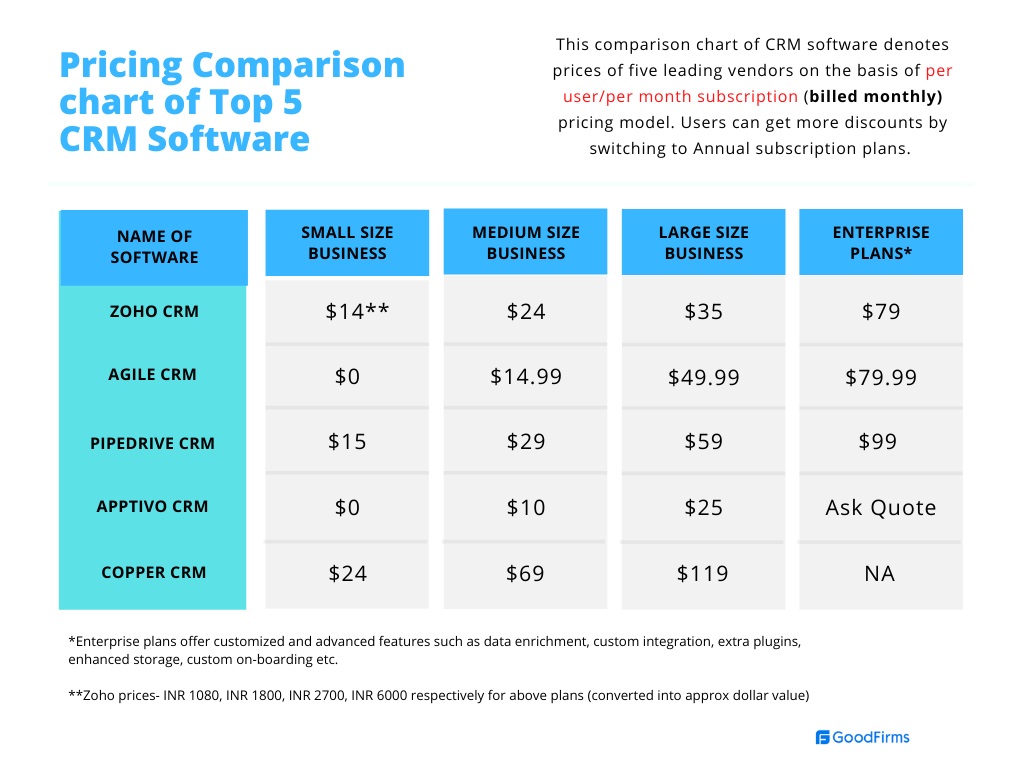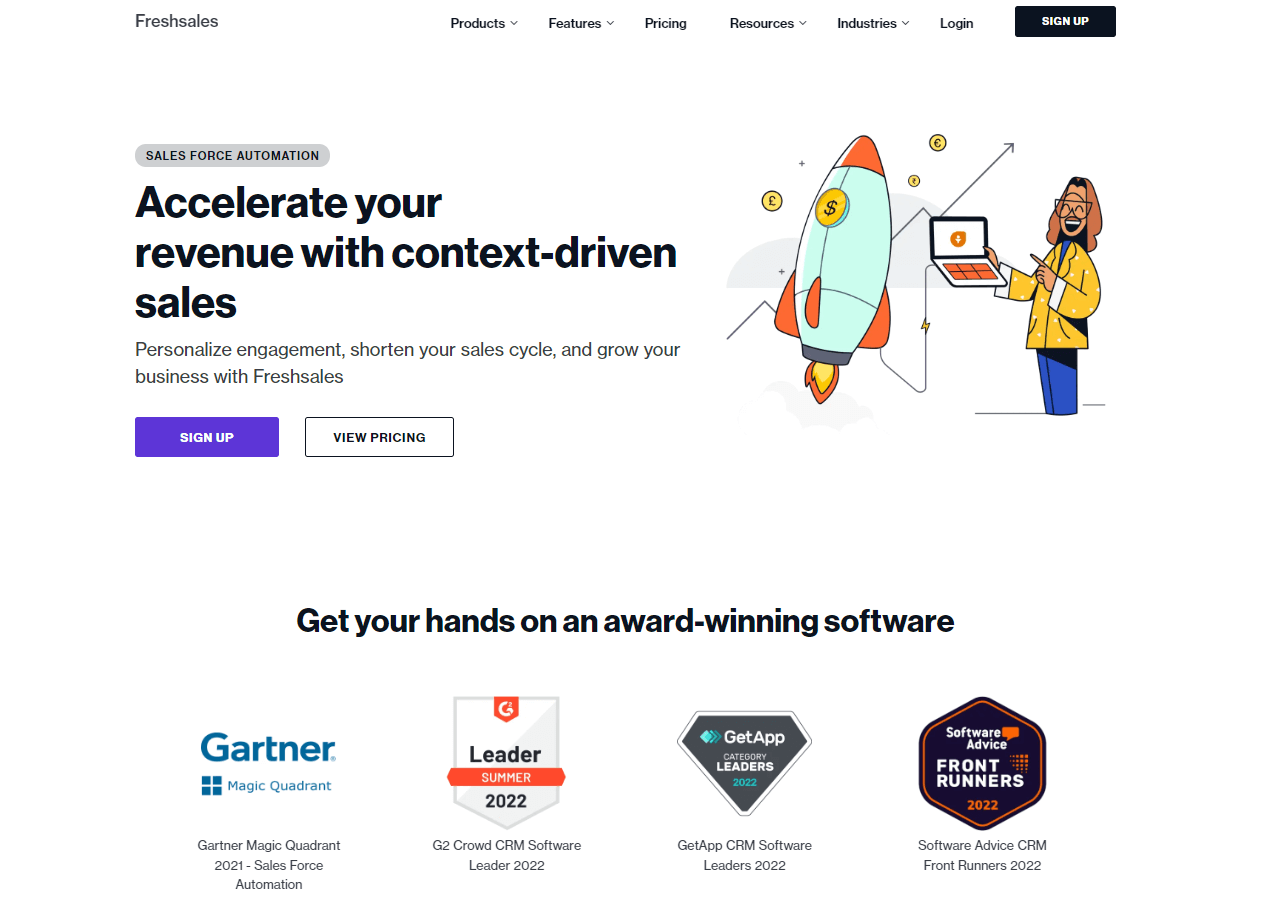
Mastering CRM Marketing: Leveraging Customer Surveys for Unparalleled Growth
In the dynamic realm of modern business, understanding your customers is no longer just an advantage—it’s the bedrock of success. And at the heart of this understanding lies the ability to effectively utilize Customer Relationship Management (CRM) marketing strategies. But how do you truly get inside the minds of your clientele? The answer, in many cases, is through the potent combination of CRM and customer surveys. This article delves deep into the strategic integration of these two powerful tools, exploring how they can be harnessed to drive unprecedented growth, foster unwavering customer loyalty, and ultimately, transform your business into a customer-centric powerhouse.
The Synergy of CRM and Customer Surveys: A Match Made in Marketing Heaven
At its core, CRM is about building and nurturing relationships. It’s about gathering data, understanding customer behavior, and tailoring your interactions to create personalized experiences. Customer surveys, on the other hand, are direct lines of communication—a way to gather invaluable feedback, gauge satisfaction levels, and uncover insights that would otherwise remain hidden. When you bring these two elements together, the potential for synergistic growth is immense.
What is CRM Marketing?
CRM marketing is a strategic approach that leverages the power of CRM systems to manage and analyze customer interactions and data throughout the customer lifecycle. It goes beyond simply collecting contact information; it encompasses a holistic view of the customer, including their preferences, purchase history, communication interactions, and more. This rich tapestry of information allows businesses to:
- Personalize marketing campaigns
- Improve customer service
- Increase sales and revenue
- Enhance customer loyalty and retention
- Make data-driven decisions
The Role of Customer Surveys
Customer surveys are structured questionnaires designed to gather specific information from customers. They can take various forms, including:
- Net Promoter Score (NPS) surveys: Measure customer loyalty and likelihood to recommend your business.
- Customer Satisfaction (CSAT) surveys: Gauge satisfaction with specific products, services, or interactions.
- Customer Effort Score (CES) surveys: Assess the ease of doing business with your company.
- Product feedback surveys: Gather insights on product features, usability, and overall satisfaction.
- Market research surveys: Explore customer needs, preferences, and market trends.
Surveys provide valuable insights into customer perceptions, expectations, and pain points. They enable businesses to:
- Understand customer needs
- Identify areas for improvement
- Track customer satisfaction over time
- Measure the effectiveness of marketing campaigns
- Gather feedback for product development
Why CRM Marketing Needs Customer Surveys
The integration of customer surveys into your CRM marketing strategy is not just a good idea; it’s a necessity for sustained growth. Here’s why:
1. Data-Driven Decision Making
Surveys provide the raw data you need to make informed decisions. Instead of relying on guesswork or assumptions, you can base your marketing strategies on concrete evidence of customer preferences, needs, and behaviors. This leads to more effective campaigns and a higher return on investment (ROI).
2. Enhanced Personalization
Personalization is the cornerstone of effective CRM marketing. Surveys provide a wealth of information about individual customer preferences, allowing you to tailor your messaging, offers, and product recommendations to their specific needs. This level of personalization increases engagement, builds stronger relationships, and drives conversions.
3. Improved Customer Experience
By regularly soliciting feedback through surveys, you demonstrate that you value your customers’ opinions and are committed to providing the best possible experience. This proactive approach builds trust, fosters loyalty, and reduces the likelihood of customer churn.
4. Identifying and Addressing Pain Points
Surveys can uncover hidden pain points that customers may be experiencing, such as issues with product usability, customer service, or the overall shopping experience. By addressing these issues proactively, you can improve customer satisfaction and prevent negative word-of-mouth.
5. Measuring Campaign Effectiveness
Surveys can be used to measure the effectiveness of your marketing campaigns. By asking customers about their awareness of your campaigns, their engagement with your messaging, and their likelihood to purchase, you can gain valuable insights into what’s working and what’s not. This data allows you to optimize your campaigns for better results.
Implementing Customer Surveys in Your CRM Strategy: A Step-by-Step Guide
Integrating customer surveys into your CRM marketing strategy may seem daunting, but with a clear plan and the right tools, it can be a seamless and rewarding process.
Step 1: Define Your Objectives
Before launching any surveys, it’s crucial to define your objectives. What specific information are you hoping to gather? What are you trying to achieve? Are you looking to improve customer satisfaction, identify areas for product development, or measure the effectiveness of a specific campaign? Clearly defined objectives will guide your survey design and ensure that you collect the data you need.
Step 2: Choose the Right Survey Types
Select the survey types that align with your objectives. Consider using a combination of different survey types to gather a comprehensive understanding of your customers. For example, you might use an NPS survey to measure overall loyalty, a CSAT survey to assess satisfaction with a specific product, and open-ended questions to gather qualitative feedback.
Step 3: Design Your Surveys
Create surveys that are easy to understand, concise, and engaging. Keep the questions clear, concise, and relevant to your objectives. Avoid using jargon or technical terms that your customers may not understand. Include a mix of question types, such as multiple-choice, rating scales, and open-ended questions. The goal is to make the process as painless and straightforward as possible for your customers.
Step 4: Integrate Surveys with Your CRM System
Integrate your surveys with your CRM system to streamline the data collection and analysis process. Most CRM systems offer built-in survey tools or integrations with third-party survey platforms. This integration allows you to automatically send surveys to customers based on specific criteria, such as their purchase history, interactions with your website, or recent customer service interactions. This automation saves time and ensures that you’re collecting data at the right time.
Step 5: Segment Your Audience
Segment your audience based on various criteria, such as demographics, purchase history, and engagement levels. This segmentation allows you to tailor your surveys to specific customer groups, ensuring that you’re gathering relevant information. For example, you might send a product feedback survey to customers who have recently purchased a specific product or a loyalty survey to your most valuable customers.
Step 6: Distribute Your Surveys
Distribute your surveys through multiple channels, such as email, SMS, in-app notifications, and website pop-ups. Choose the channels that are most convenient for your customers. Make sure your surveys are mobile-friendly, as many customers will be accessing them on their smartphones or tablets. Consider offering incentives, such as discounts or small gifts, to encourage participation.
Step 7: Analyze the Data
Once you’ve collected the survey data, analyze it to identify trends, patterns, and insights. Use your CRM system’s analytics tools or a dedicated survey analysis platform to visualize the data and identify key takeaways. Look for both quantitative and qualitative insights. Pay attention to any recurring themes or patterns in the open-ended responses. The more in-depth the analysis, the better you’ll understand your customers.
Step 8: Take Action
The most important step is to take action based on the insights you’ve gathered. Use the survey data to improve your products, services, marketing campaigns, and customer service. Close the loop with your customers by acknowledging their feedback and letting them know how you’re using it to make improvements. This shows your customers that you value their opinions and are committed to providing a better experience.
Step 9: Monitor and Refine
Continuously monitor your survey results and refine your strategy. Track key metrics, such as customer satisfaction scores, Net Promoter Scores, and customer churn rates. Use this data to identify areas for further improvement and to measure the effectiveness of your efforts. The customer landscape is constantly evolving, so it’s essential to stay agile and adapt your strategy as needed.
Best Practices for CRM and Customer Survey Integration
To maximize the effectiveness of your CRM marketing and customer survey integration, follow these best practices:
1. Keep Surveys Short and Focused
Customers are busy, so keep your surveys short and to the point. Focus on the most important questions and avoid asking unnecessary ones. The shorter the survey, the higher the completion rate will be.
2. Use a Variety of Question Types
Mix up your question types to keep respondents engaged. Use a combination of multiple-choice questions, rating scales, and open-ended questions. This will provide a more comprehensive understanding of your customers’ perspectives.
3. Personalize Your Surveys
Personalize your surveys by using the customer’s name and tailoring the questions to their specific interactions with your business. This shows that you value their individual feedback and makes the survey more relevant.
4. Offer Incentives
Consider offering incentives, such as discounts, free shipping, or small gifts, to encourage participation. This can significantly increase your response rates.
5. Send Surveys at the Right Time
Send surveys at the right time, such as immediately after a customer service interaction, a product purchase, or a website visit. This ensures that the customer’s experience is fresh in their mind.
6. Respect Customer Privacy
Always respect customer privacy and comply with data protection regulations. Be transparent about how you’re using the data you collect and provide customers with the option to opt out of surveys.
7. Close the Loop
Follow up with customers after they’ve completed a survey to thank them for their feedback and let them know how you’re using it. This demonstrates that you value their opinions and are committed to providing a better experience.
8. Choose the Right CRM and Survey Tools
Select CRM and survey tools that integrate seamlessly and offer the features you need. Consider factors such as ease of use, reporting capabilities, and the ability to segment your audience. The right tools can make the integration process much smoother.
9. Train Your Team
Train your team on how to effectively use your CRM and survey tools. This will ensure that everyone is on the same page and can contribute to the success of your customer-centric strategy.
10. Regularly Review and Update Your Strategy
The customer landscape is constantly evolving, so regularly review and update your CRM and survey strategy. Stay informed about the latest trends and best practices to ensure that you’re providing the best possible experience for your customers.
Real-World Examples: CRM Marketing and Customer Surveys in Action
Let’s look at some real-world examples of how businesses are successfully integrating CRM marketing and customer surveys:
Example 1: E-commerce Retailer
An e-commerce retailer uses its CRM system to track customer purchase history, website browsing behavior, and customer service interactions. After a customer makes a purchase, they automatically receive a CSAT survey asking about their satisfaction with the product and the overall shopping experience. Based on the survey results, the retailer can identify areas for improvement, such as shipping times or product quality. Customers who report low satisfaction are contacted by customer service to resolve their issues. This leads to increased customer loyalty and repeat purchases.
Example 2: Software as a Service (SaaS) Company
A SaaS company uses its CRM system to track customer usage of its software and their interactions with customer support. They regularly send NPS surveys to gauge customer loyalty and identify promoters and detractors. Promoters are targeted with special offers and product updates, while detractors are contacted by customer success managers to address their concerns. The company also uses product feedback surveys to gather insights on new features and usability improvements. This data helps the company improve its product and reduce churn.
Example 3: Healthcare Provider
A healthcare provider uses its CRM system to manage patient records and track patient interactions. They send CSAT surveys after each appointment to gather feedback on the quality of care, the doctor-patient relationship, and the overall experience. The provider uses this data to identify areas for improvement, such as wait times or communication clarity. They also use patient feedback to personalize care plans and improve patient outcomes. This leads to increased patient satisfaction and loyalty.
The Future of CRM Marketing and Customer Surveys
The integration of CRM marketing and customer surveys is not just a trend; it’s the future of customer-centric business. As technology continues to evolve, we can expect to see even more sophisticated ways to leverage these two powerful tools. Some emerging trends include:
- AI-powered personalization: Artificial intelligence (AI) is being used to analyze survey data and customer behavior to create highly personalized experiences.
- Predictive analytics: Predictive analytics is being used to forecast customer behavior and identify potential churn risks.
- Voice of the customer (VoC) programs: VoC programs are becoming more integrated, gathering feedback from various sources, including surveys, social media, and customer service interactions.
- Hyper-personalization: Businesses are moving towards hyper-personalization, tailoring every interaction to the individual customer’s needs and preferences.
By embracing these trends, businesses can stay ahead of the curve and create even more meaningful relationships with their customers.
Conclusion: Embrace the Power of CRM and Customer Surveys
In the competitive landscape of today’s market, understanding your customers is not just an advantage; it’s the key to survival and sustained growth. The strategic combination of CRM marketing and customer surveys provides a powerful framework for gathering invaluable customer insights, personalizing your interactions, and creating exceptional customer experiences. By following the best practices outlined in this article and continually refining your approach, you can transform your business into a customer-centric powerhouse, building lasting relationships and achieving unparalleled success. Don’t just collect data; listen to your customers, act on their feedback, and watch your business thrive.


